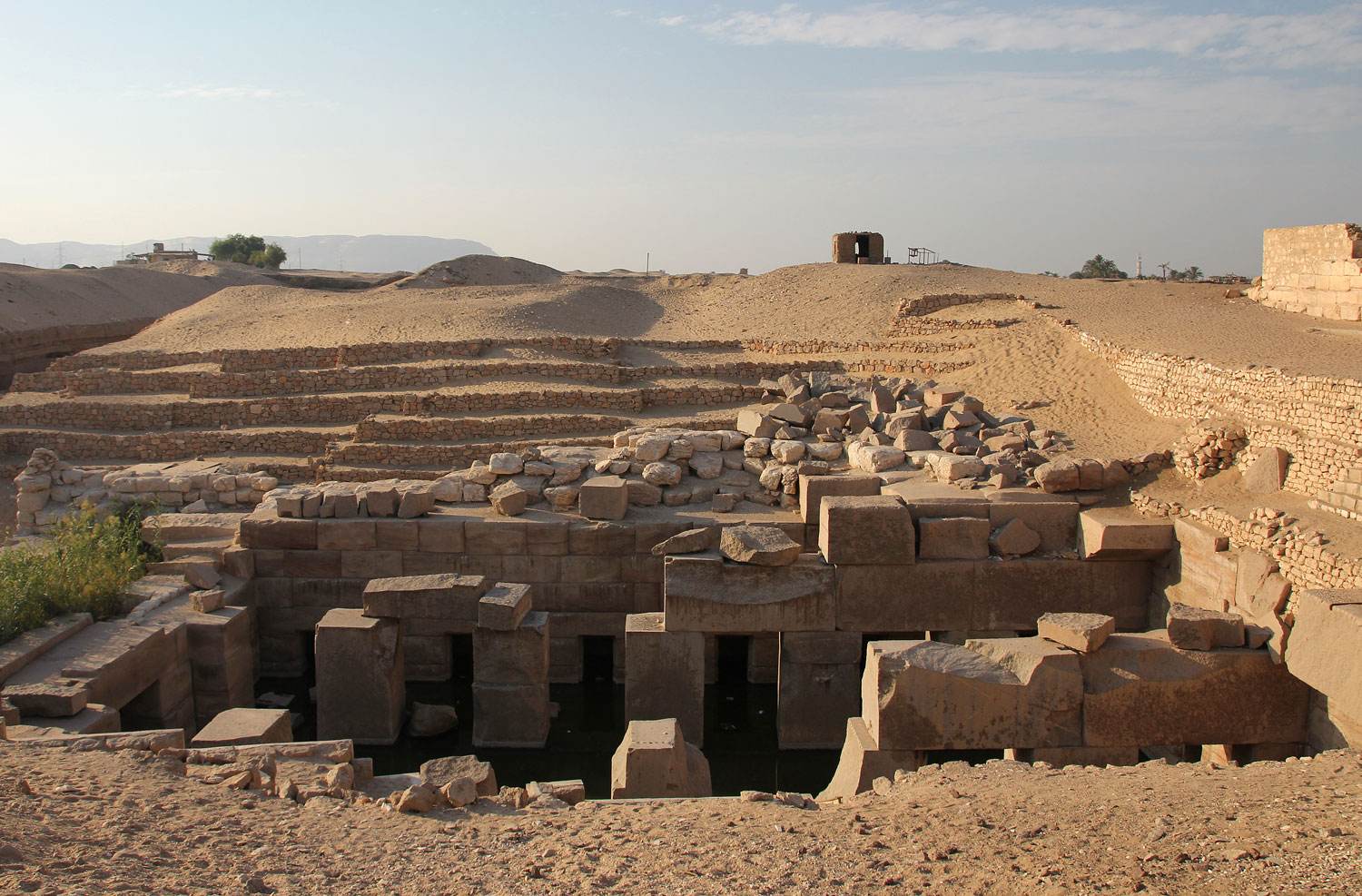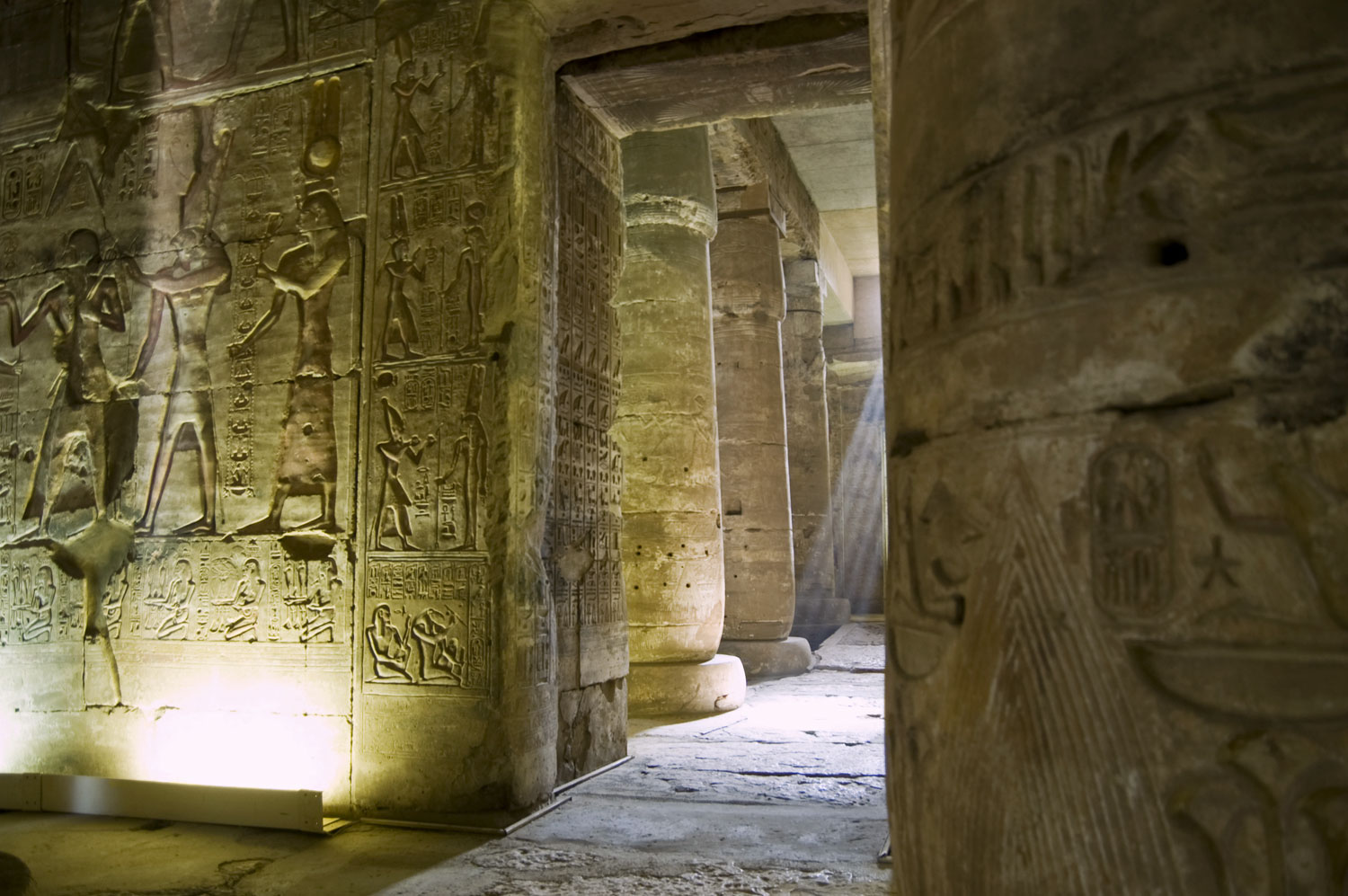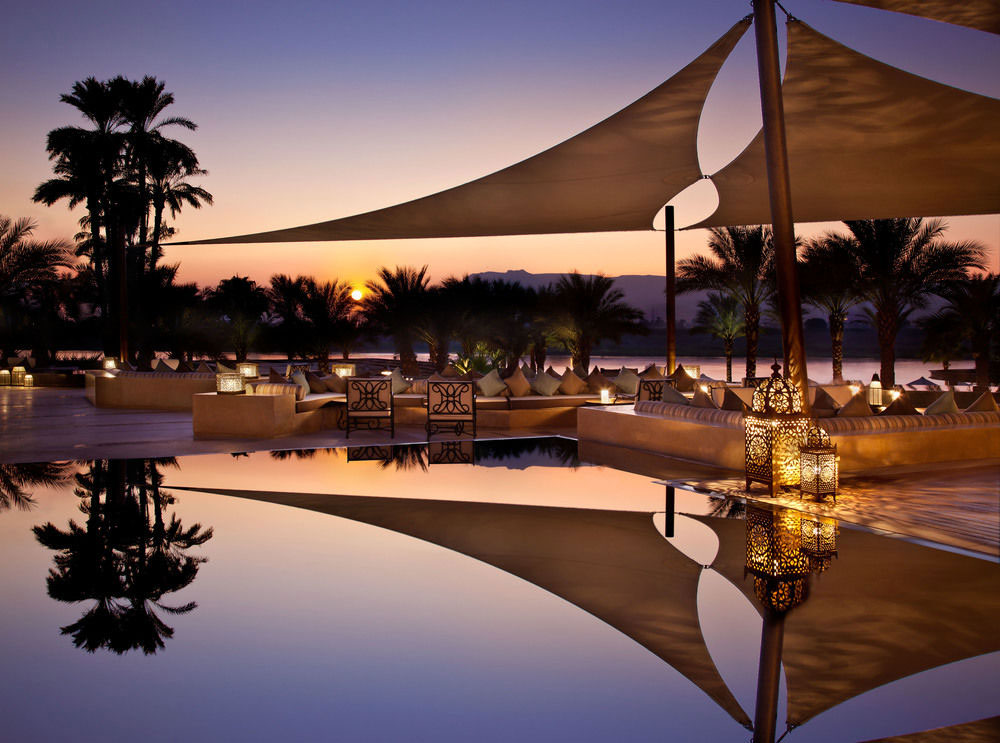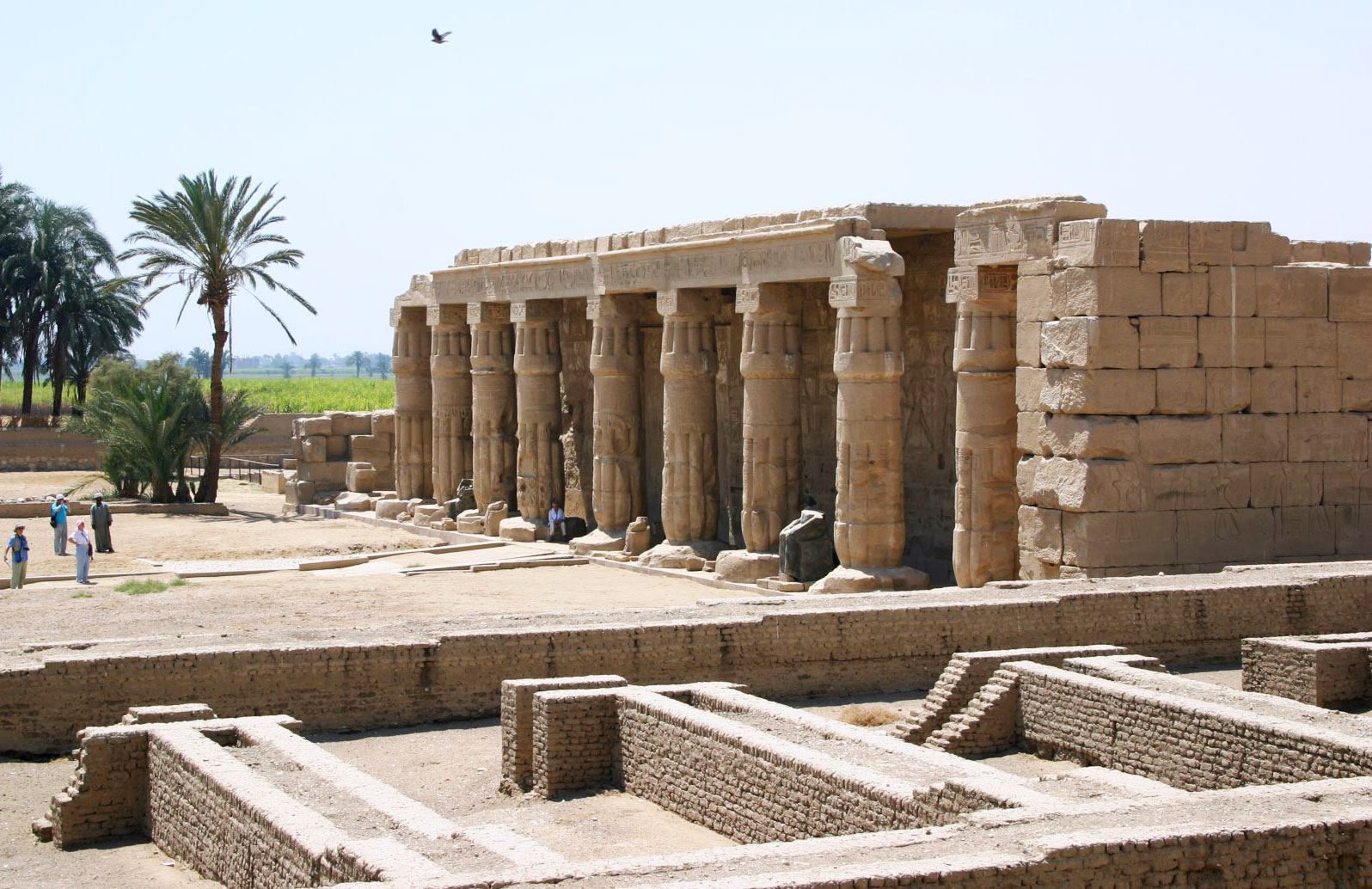
Egypt is home to awe-inspiring pyramids, thousands of years of preserved history and miles and miles of desert lands. Sitting within this remarkable country is Abydos (also called Abjdu) located about a 6.5 hour drive from Cairo. Abydos is one of the oldest cities in the country and is known as one of the most important archaeological sites of ancient Egypt. Its royal tombs and historic sites date back to 3000-2890 B.C.
Found in the Nile Valley, and known to the ancient Egyptians as Upper Egypt, the city lies in a gorge about fifteen miles wide that was carved into the North African plateau by the Nile River. Although there are no other rivers west of the Nile until you reach South Florida (yes, you read that correctly), there are about 30 million people that live in Abydos today and many whose family members have inhabited the city for over five thousand years.

This ancient destination was known as an important burial site for the kings and Pharaohs of ancient Egypt. Starting in the Middle Kingdom (3,600-4,000 years ago), Abydos became a cult center for Osiris, the god of the underworld. In fact, at the mouth of the canyon of Abydos, the Egyptians believed it to be the entrance of the underworld, which is why offerings were left to the god for thousands of years and is now called Umm el Qaab, “Mother of Pots.”
In October of this year, archaeologists from the University of Pennsylvania, led by Josef Wegner, discovered over 120 drawings of boats that decorated the whitewashed walls of a 70-foot grand hall of the found ruins. According to National Geographic, what they expected to be a tomb was in fact clues to a large wooden boat that had been used in a royal funeral that dates back to early dynastic Egypt. The 5,000-year-old wooden boat is the oldest to ever be found lying in mud-brick graves next to the kings and Pharaohs funerary enclosure in Abydos. Whether you’re a historian, archeologist or just a curious person, there’s so much to be discovered in this ancient city. Before heading making your trek to the Abydos, here are some things to know and a quick guide of what to experience while there.

Essential Information
The US Department of State has cautioned against traveling to Egypt currently and has a list of restricted areas where American travelers should not visit. Be sure to read through this list before embarking on your trip. In all scenarios, being aware of your surroundings is essential and sticking to verified travel agencies and hotels is important for ensuring a safer vacation.
Although Egypt is hot and dry pretty much year-round, the best time to visit is between March and May or September to November when the temperatures range from 68 degrees to 79 degrees Fahrenheit. With the cooler weather comes greater crowds, but with the hottest temperatures for the summer getting up to 122 degrees F, I would take the crowds any day over the sweltering weather.
While you could easily explore the area on your own, consider a tour package that includes guided excursions through the sacred city. Corinthian Travel and Memphis Tours offer trips visits to Abydos and other surrounding cities. Corinthian’s 10-day Egyptologist Led Private Tour includes accommodations at upscale hotels, a three-night Nile cruise and visits to see the Sphinx, Egyptian museum, Luxor and Dendera. The trip is priced at $3,474 per person.

Where to Stay:
If you forgo the option of an all-encompassing travel package, you won’t find much in the way of luxury accommodations directly in Abydos. Your best bet is to stay outside of the city in Luxor at properties such as the Mercure Luxor Karnak (previously the Sofitel) or Hilton Luxor Resort & Spa. From here, it’s a 2.5-hour drive to Abydos, so you’ll want to set out early in the morning to spend the day there.
Mercure is a five-star property that offers 325 rooms and 22 suites, pools, a golf course, spa facilities, three restaurants and a location overlooking the Nile River. The Hilton offers a more familiar luxury property with elegant rooms, eight restaurants and lounges, two infinity pools, a spa and is located 10 minutes from the city center.

What To See:
Known to the Egyptians as “house of millions of years,” the Temple of Seti I is one of the best preserved sanctuaries in the city of Abydos. Archaeologists even deemed this discovery as the “Rosetta Stone of Egyptian Mythology.” Being well preserved, the temple has a collection of colorful paintings with a list of the names of the Pharaohs that have ruled Egypt. The main temple building, built about 3,200 years ago, is constructed of limestone and is enclosed within a brick structure measuring 183 feet by 515 feet.
Began by Seti I and later finished by his son Ramesses II, the temple hosts seven boat shrines standing 135-square-feet high under 19-foot vaulted ceilings. One shrine is dedicated to King Seti I and the other six to the Egyptian gods. Of course his son couldn’t go unnoticed after his passing, so he built the Temple of Ramesses II just northwest of the main sanctuary. Although not as impressive as his father’s, it is definitely worth seeing for its remarkable hieroglyphic inscriptions which include scenes that show king Seti I with the gods Osiris and Horus.
On your way back to Luxor, head to Dendera which sits about 37 miles outside of the city on the west bank of the Nile River opposite the town of Qena. Here you’ll find the Temple of Dendara, one of the best preserved temples in the country. In ancient times, the destination was associated with healing, and travelers visited the area to find rest and sleep while asking the gods for physical relief. Today, you can find people exploring the deserted city to learn more about the ancient Egyptians. Aside from the temple, there is also a necropolis that holds the tombs of the Early Dynastic Period. Because this was a destination for the Hathor cult, you can also find the catacombs of animals.









